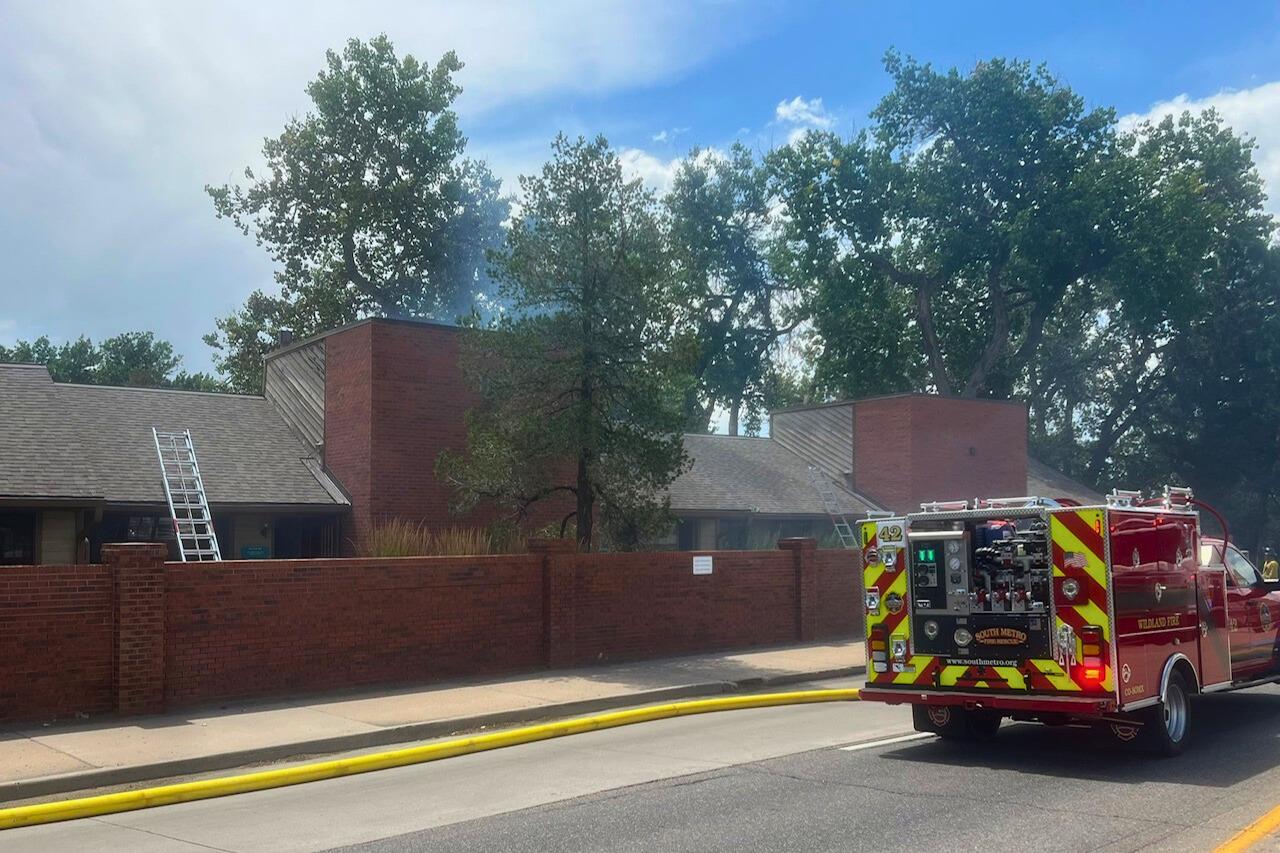By Nic Garcia, Chalkbeat
When Colorado officials released a trove of test results last week, it showed the continuation of a sobering trend line: historically underserved students are lagging behind other students, and the gaps are not closing.
This is due in part, they said, to all students doing slightly better during the last three years on the state’s English and math test.
In the graphics below, we take a closer look at how those gaps are playing out across the state. That includes a look at how students of different racial and ethnic backgrounds scored on the SAT, which for the first time high school juniors across the state were required to take.
How achievement gaps on the PARCC tests changed in 2017
Looking at a sample of tests, you can see how racial and ethnic groups grew between 2016 and 2017. When most groups raise test scores, it does little to cut into achievement gaps.
A baseline for the SAT
Last spring, Colorado juniors were required to take the SAT. Previously, juniors took the ACT. This graph represents how different racial and ethnic populations scored on the inaugural exam. Asian, white and biracial students all outperformed their black, Hispanic and Native American peers.
Where students are growing the most
One way the state can close the achievement gap is by accelerating the learning of at-risk students. The state tracks this by measuring student growth.
Growth is measured by comparing how much students learn each year compared to students who have a similar score history on standardized tests. If a group of students hits the 50th percentile, that means they’ve learned about a year’s worth of material. The higher the percentile over 50, the more and faster students are learning.
These graphics show where historically underserved students are learning the most and the quickest based on the state’s student growth measurement. Noticeably missing from many of these graphics are the state’s largest school districts. That said, just because you’re small doesn’t mean growth comes easier. Several small districts also posted some of the worst growth scores in the state, as well.
Chalkbeat is a nonprofit news site covering educational change in public schools.












